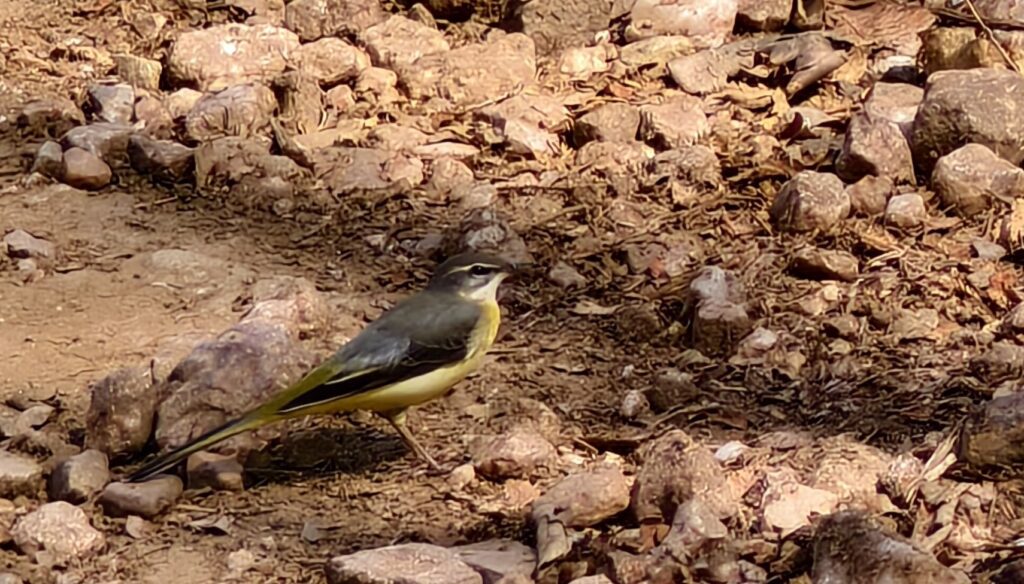
The Grey Wagtail (Motacilla cinerea)
Introduction
The Grey Wagtail (Motacilla cinerea) is one of India’s most graceful river birds, easily recognized by its bright yellow belly and constantly wagging tail. Found along clear mountain streams and rivers, it brings life and rhythm to the Himalayan wilderness — earning the poetic title, “The River Dancer.”
Appearance and Behavior
Slender, elegant, and ever in motion — the Grey Wagtail embodies nature’s rhythm. Its long tail flicks up and down continuously, perhaps as a form of communication or balance. It darts along riverbanks, catching insects mid-flight, and often returns to the same perch with ballerina-like precision.
Habitat and Migration
This species thrives in freshwater habitats — from Himalayan streams to urban canals. During winter, wagtails migrate southwards to the plains of India, becoming a common sight near village ponds and lakes. Their preference for clean water also makes them silent ambassadors for environmental health.
Symbolism and Observation
In many cultures, wagtails symbolize patience and perseverance. Their constant motion mirrors the flow of water itself — never still, yet always composed. Watching one by a quiet stream feels meditative, as if time itself has slowed down to breathe.
Photography Insight
This image captures the wagtail in its natural elegance — the earthy tones of the rocks contrasting beautifully with its yellow plumage. The light plays perfectly on its feathers, making it a visual treat for nature photographers exploring TravelonTales.com.
Fun Facts About the Grey Wagtail
- Despite its name, the Grey Wagtail’s most striking feature is its bright yellow belly.
- It has one of the longest tails among wagtail species — almost as long as its body.
- Its tail movements may help flush insects from the ground or signal to mates.
- Grey Wagtails migrate seasonally between the Himalayas and the Indian plains.
- They prefer fast-flowing rivers — often seen even above 2,000 meters in altitude!
Click Here to explore more beautiful bird stories and photographs on TravelonTales.
